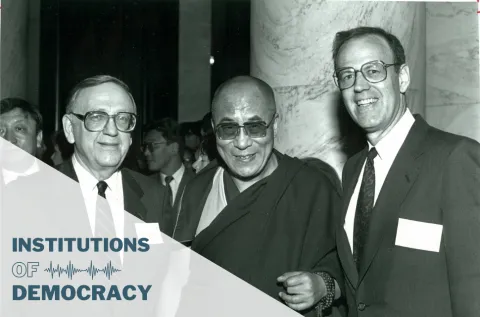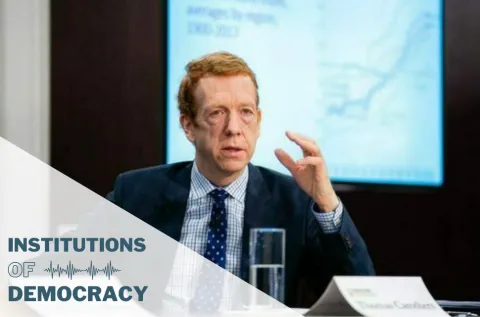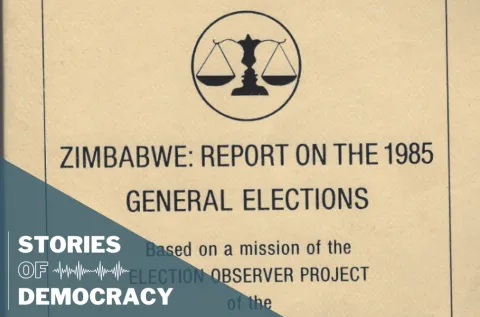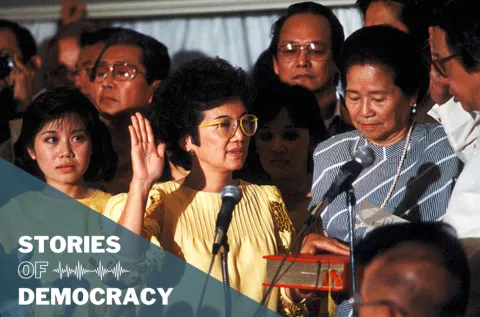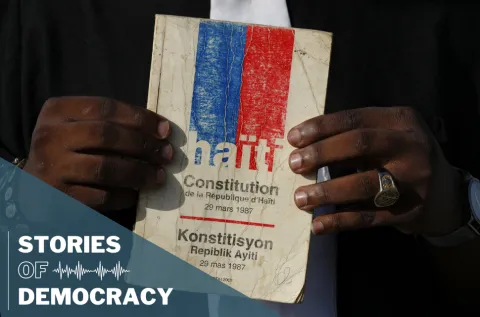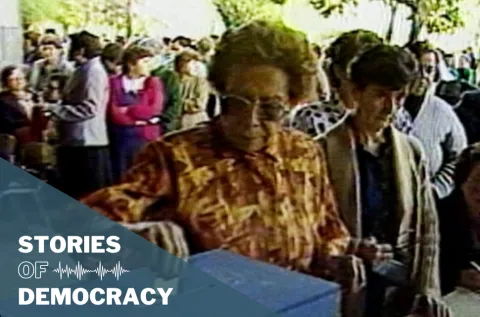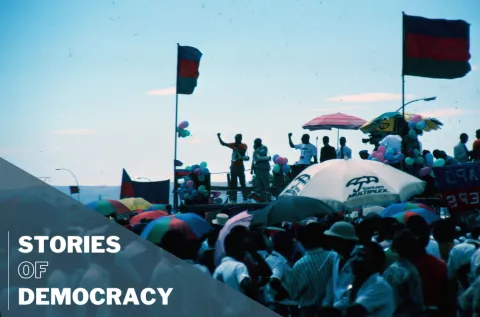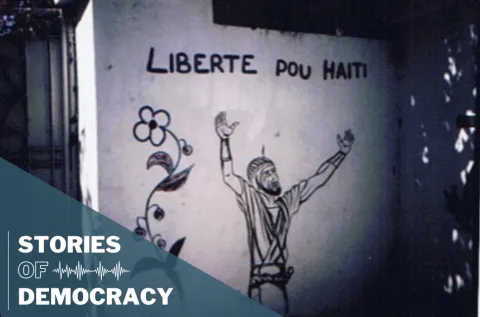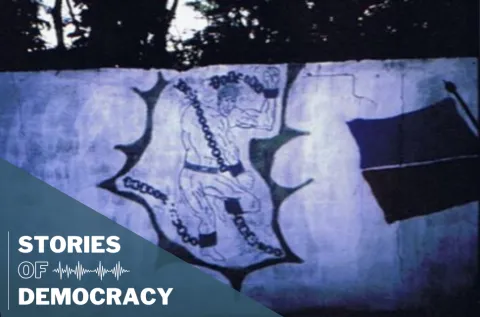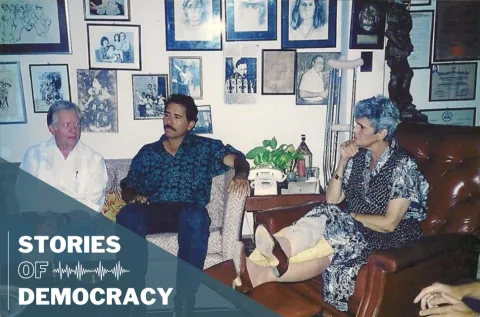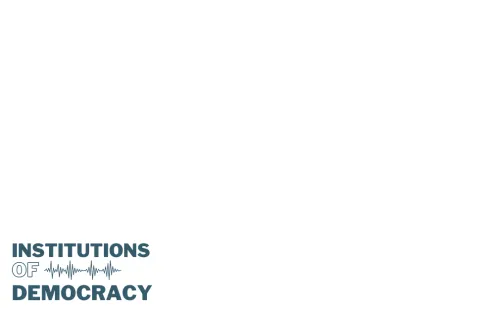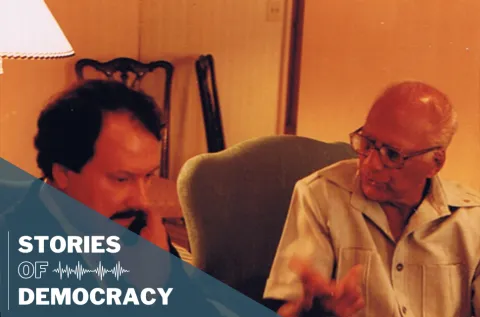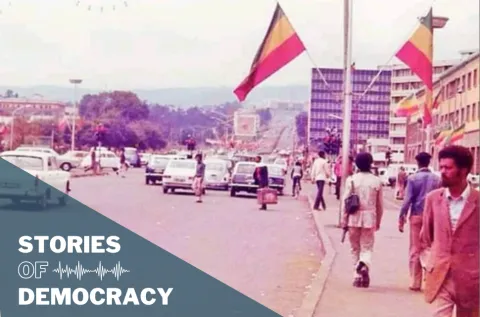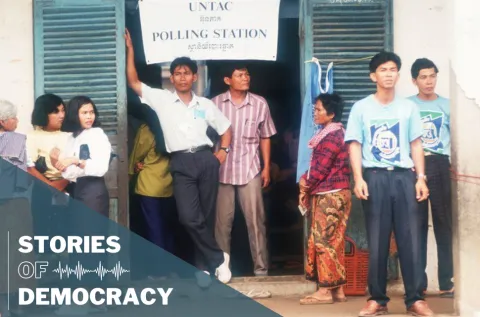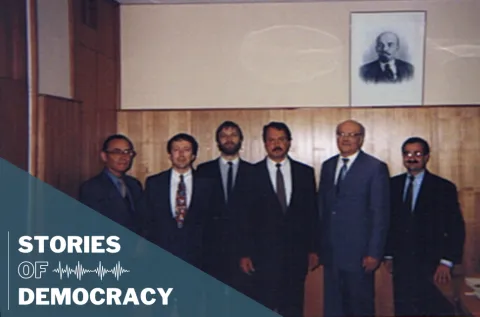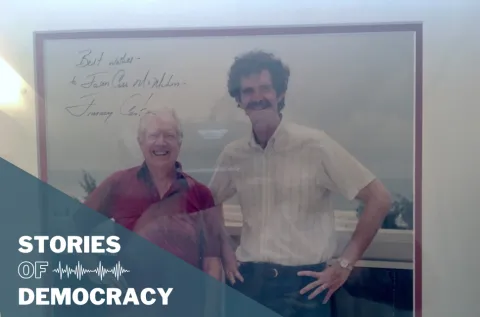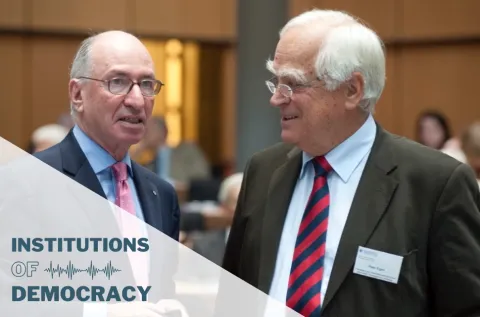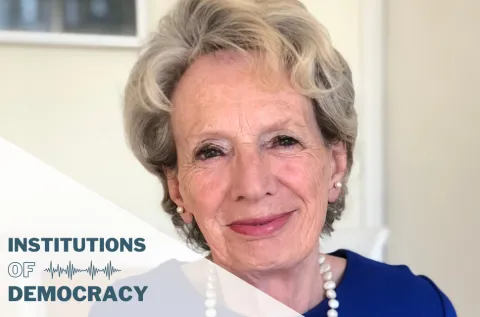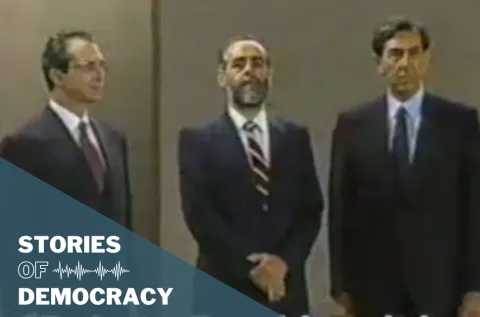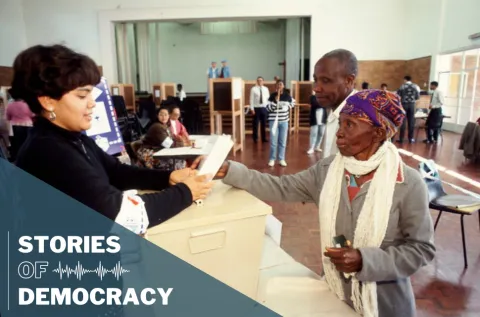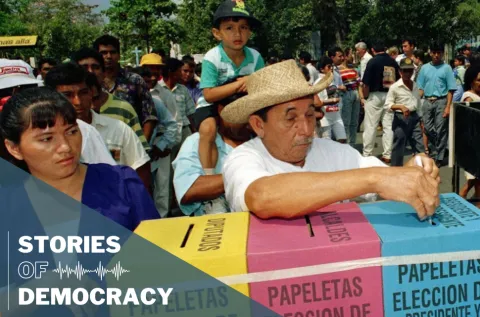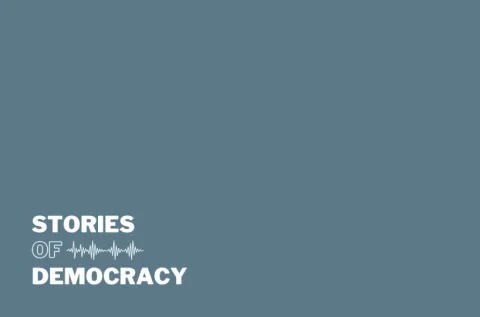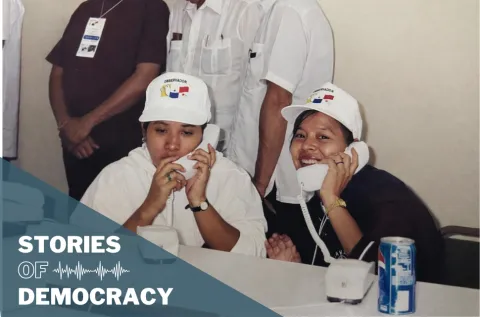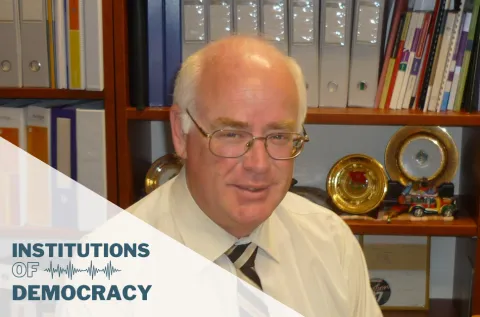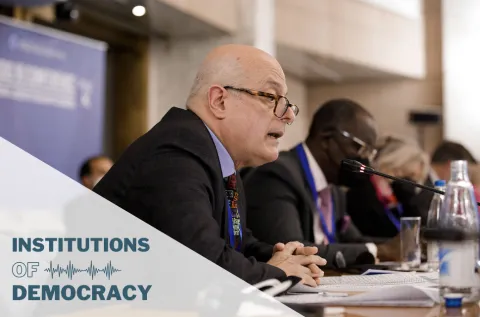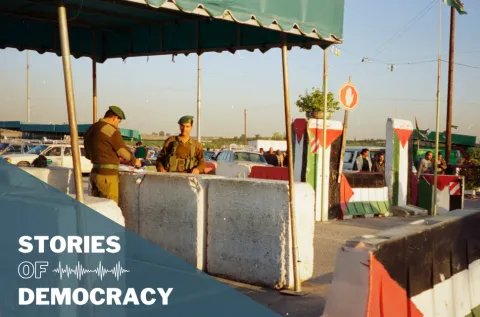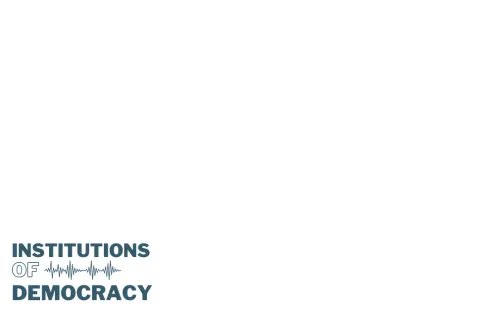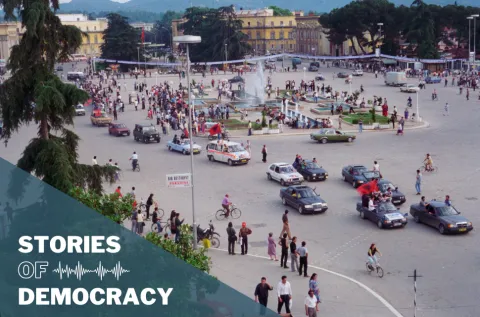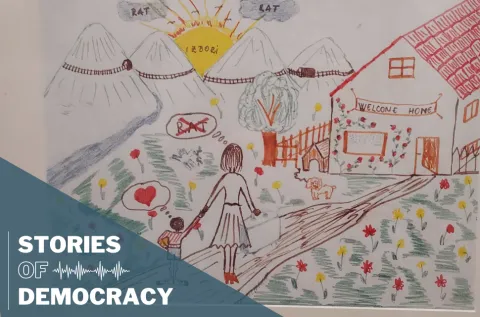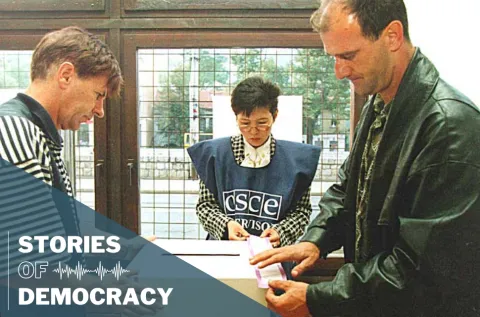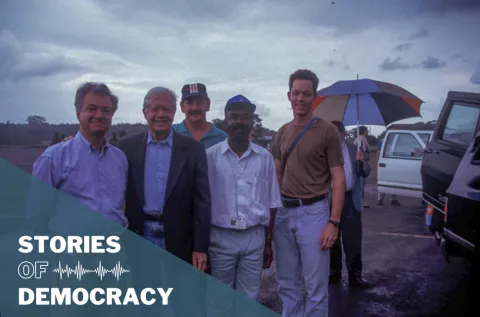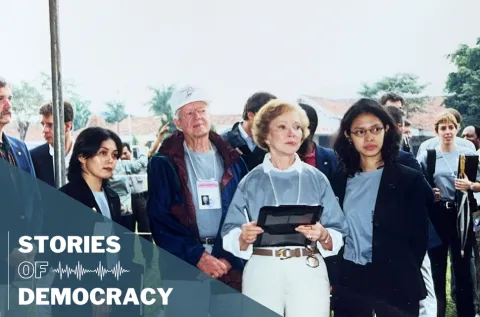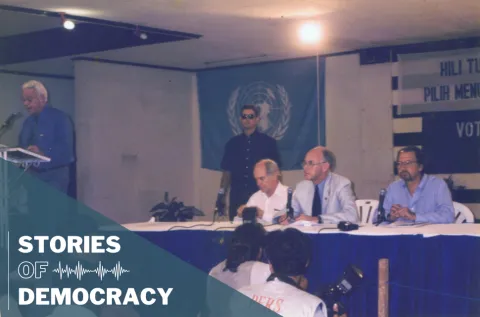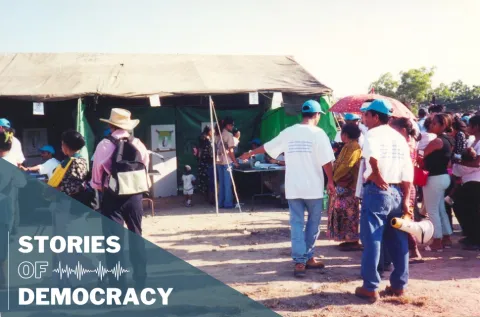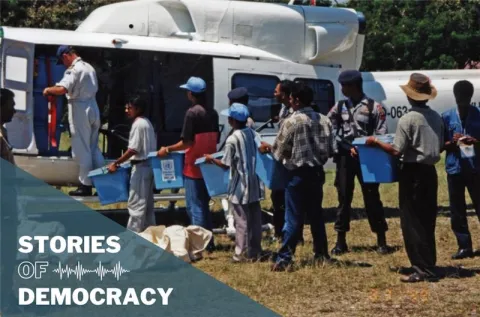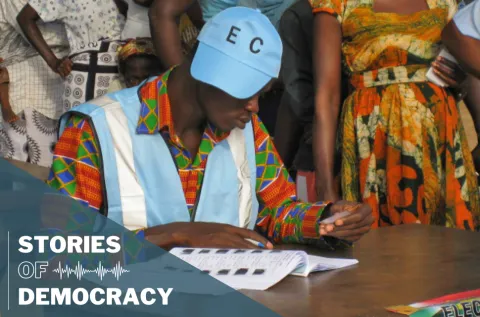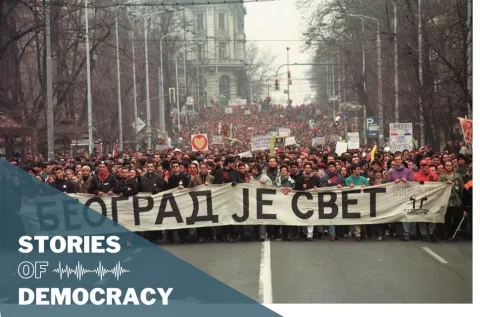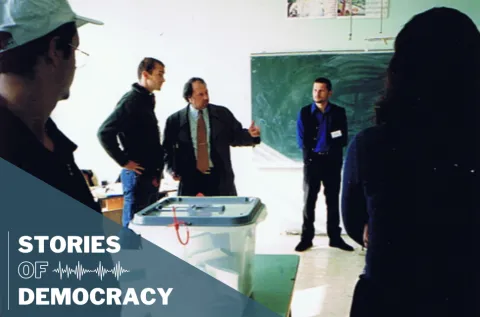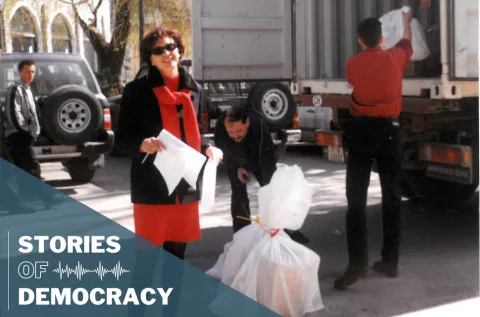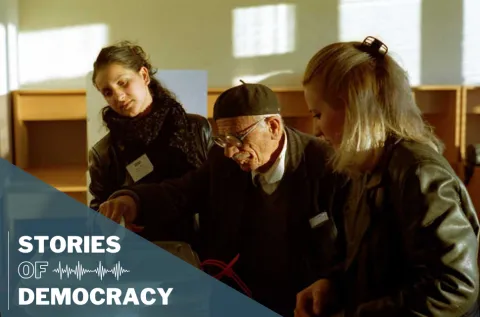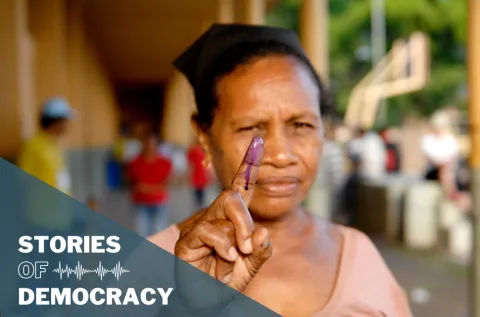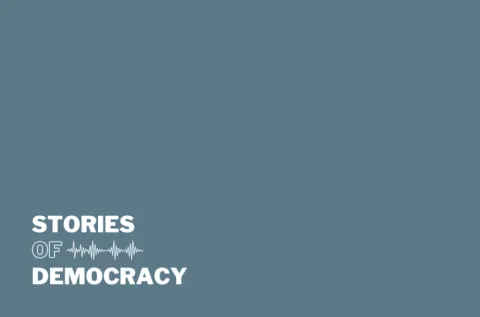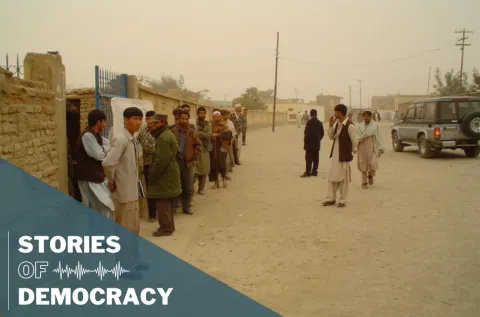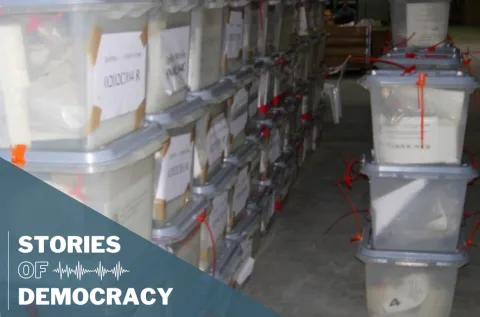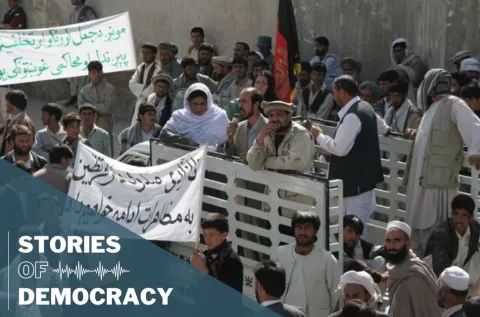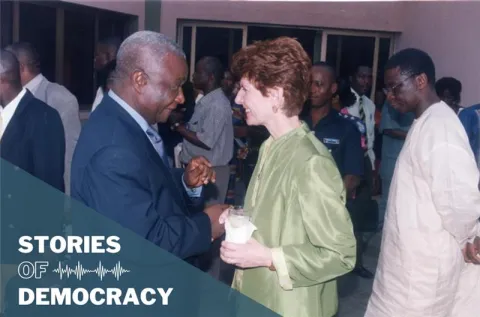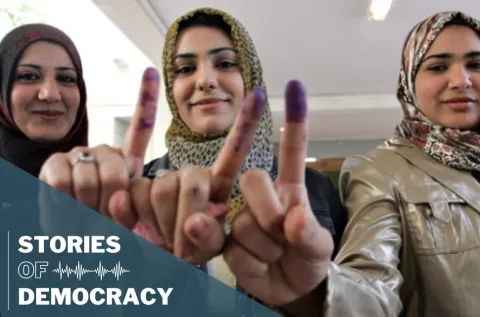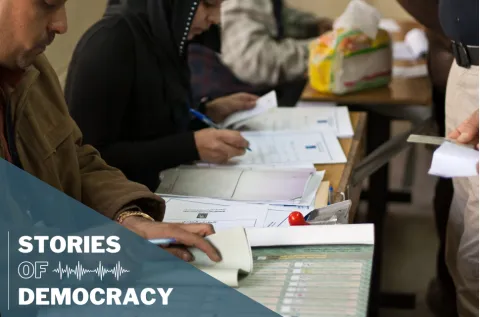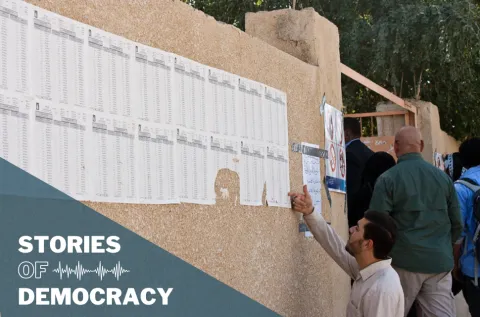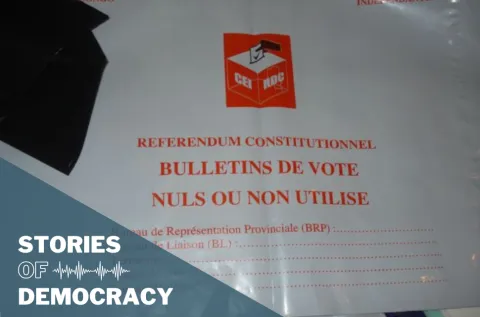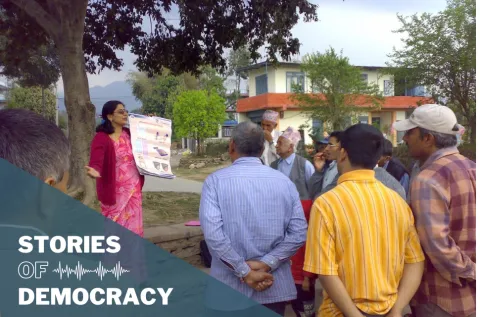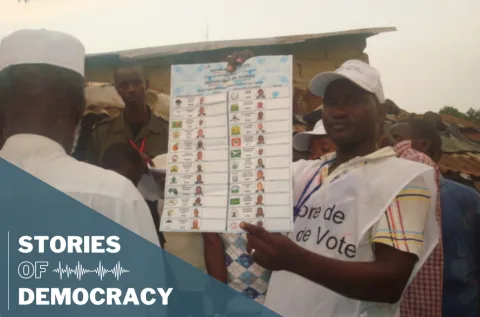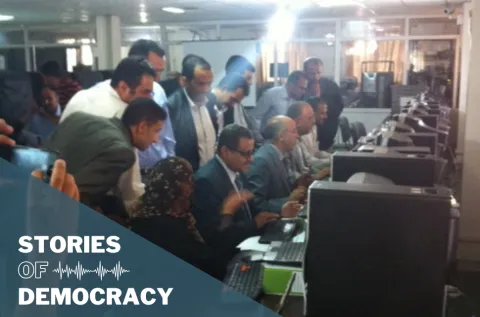East Timor - 2002 - Presidential Election
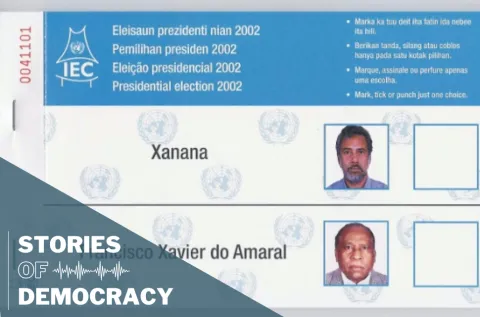
In 2002, the 21st century's newest country, East Timor, held its first presidential elections. Ray Kennedy recalls his time working on the Independent Electoral Commission during these elections.
In May 2002, the Democratic Republic of East Timor became the first new nation of the 21st century. After roughly 500 years of colonization and the brutal 1975- 1999 Indonesian occupation—in which it is estimated that as many as 200,000 East Timorese lost their lives— The UN Security Council established the UN Transitional Authority in East Timor in 1999 in order to administer the country’s transition to independence. In 2001, UNTAET established the Independent Electoral Commission (IEC) which together with UNTAET was responsible for executing the elections of East Timor’s Constituent Assembly, which was tasked with drafting the new country’s constitution. The constitution, which was ratified in March 2002, established a semi-presidential system of government with a strong prime minister. On April 14, 2002, IEC administered East Timor’s first presidential election.
Only two candidates ran for President of East Timor, Francisco Xavier do Amaral and Xanana Gusmao. The two-man race for the presidential office led to several technical and logistical challenges for UNTAET and the newly established IEC.
Ray Kennedy served as the Chief of Technical Services at the IEC for the 2002 presidential elections; he recalls one point of contention that threatened the entire electoral process: “Come the 2002 presidential election, it was widely expected that Xanana Gusmao—the ‘hero’ of the East Timorese liberation movement— would run for president and win. We had begun briefing candidates in January 2002, explaining that the ballot design had yet to be confirmed but it was likely that candidate photos and party logos would appear on the ballot. We scheduled a random drawing for the order in which parties appeared on the ballot and then began the process of printing, which was done by the Northern Territory Government Printing Office in Darwin, Australia. We began to hear that Xanana was less than thrilled by the party logos on the ballot, later he threatened to pull out of the election unless the logos were removed.”
Hear more of Ray’s experiences in East Timor in the recording above.
